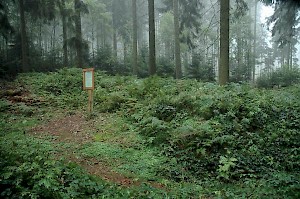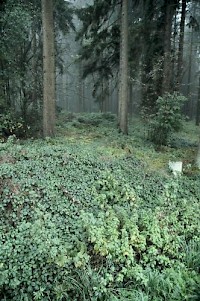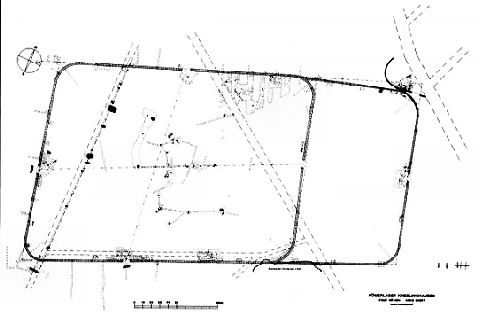Kneblinghausen
Q1335614Kneblinghausen: town in Germany, site of an ancient Roman fort.

The remains of the Roman fort that can be seen in the forest south of modern Kneblinghausen are very interesting because they are deep inside Germany. The fort was built along an important trade road that connected the Rhine and the Weser.
It has been argued that Kneblinghausen, unlike the other military settlements along the Lippe, which date back to the period of the Roman offensives between 13 BCE and 9 CE, belongs to a later age, when the limes had already been built and Rome had chosen for a more defensive strategy.

This late age could be derived, it was argued, from the fact that its gates are of the clavicula-type, which was supposed to have become popular after 70. Indeed, this type is also know from the Roman forts surrounding Masada in Israel, and it is possible that the Kneblinghausen fort was built during Domitian's wars against the Chatti (in 83-85), during a contemporary operation against the Bructeri recorded by Pliny the Younger, or during the expedition that led to the capture of the Bructerian prophetess Veleda, who had played a role in the Batavian revolt (69-70) and was arrested by the Romans in 77. These dates are still not excluded, but it is now clear that gates of the clavicula-type were already in use much earlier, for instance when Neuss was built (16/15 BCE) and in the "Ostlager" of Haltern.
To make things even more complex, Kneblinghausen was at least occupied twice. Originally, it measured about 10 ha; later, when a smaller unit occupied the site, the eastern wall was abandoned and a second wall was constructed. During this second phase, the surface area was 7½ ha.
